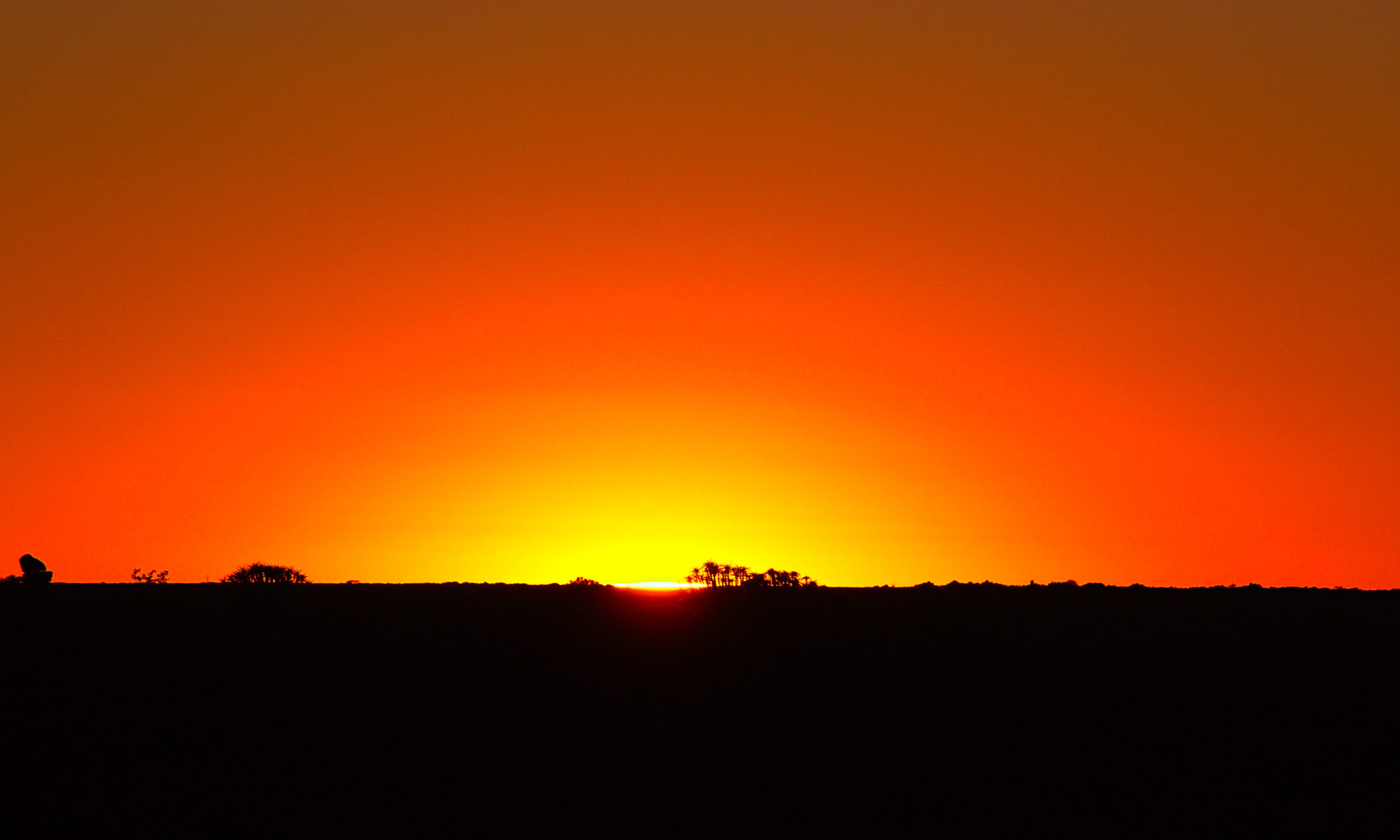After our rather ambivalent experience with the extremely cold weather in California, we finally drove on towards our second National Park further north through the Mojave Desert, over Tehachapi Pass into the central valley towards Sequoia National Park. H
ere we deliberately looked for a campsite in the central valley and not in the park, because it was at this time incredibly cold. We had even there at night only 3°C, but during the day best weather.
The Central Valley of California is a vast and productive agricultural region located in the heart of the state. Spanning approximately 450 miles from north to south, the valley is bordered by the Sierra Nevada mountain range to the east and the Coast Ranges to the west. The valley is home to a diverse array of crops, including fruits, vegetables, nuts, and grains, and is one of the most productive agricultural regions in the world.
One of the key features of the Central Valley is its Mediterranean climate, which is characterized by mild, wet winters and hot, dry summers. This climate, along with the fertile soil and abundant water resources, makes the valley an ideal location for growing a wide variety of crops.
The Central Valley is divided into two regions: the northern and southern parts. The northern region is known for its production of fruits, including peaches, plums, nectarines, and cherries, as well as almonds, walnuts, and pistachios. The southern region, on the other hand, is known for its production of vegetables, including tomatoes, lettuce, and broccoli.
In addition to its agricultural productivity, the Central Valley is also home to a large and diverse population. The valley is home to a number of major cities, including Sacramento, the state capital, as well as Fresno, Bakersfield, and Modesto. These cities, along with many smaller towns and communities, provide a range of services and amenities for the region’s residents and visitors.
